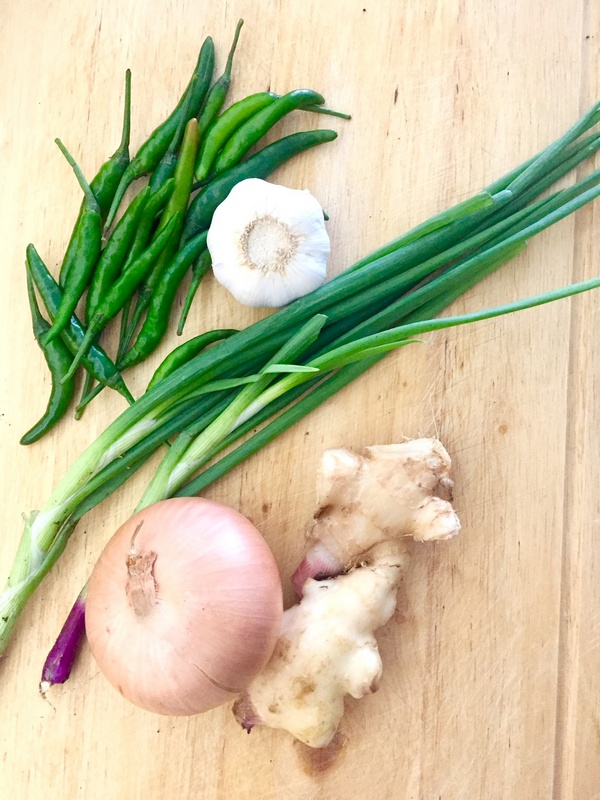
THE PROVINCE of Cebu is surrounded by bountiful, beautiful sea.
It’s no wonder that Cebuanos are a picky when it comes to selecting fish for consumption.
They usually don’t prefer freshwater fishes since a myriad choices from the deep waters is readily available.
In fact, the Cecuanos’ love for fish extends even to the dried variety or buwad, as well as those pickled in brine and those allowed to ferment.
Preserving fish by pickling it in brine is a popular practice.

It is called Tinabal. There will be a slight fermentation in this method, but Cebuanos love the (fishy) smell of fried Tinabal just the same!
It goes well fried with ginger, garlic, lots of tomatoes and onions.
A more exotic way is to ferment small fishes to make Ginamos (brined anchovies).
Even during celebrations, Cebuanos will look for fish dishes.
Aside from the inasal or roasted pig, also at the banquet table is a large Lapu-lapu cooked as Escabeche.
On the side are bowls of Kinilaw (ceviche), as well as Sinugbang Isda (grilled fish).
Until now, folks living in in the towns dotting the shoreline look to fish as a protein staple.
As part of breakfast, lunch and dinner, they serve fish in many incarnations.
When the fish is very fresh, like it was bought from a fisherman straight off the bangka, it is turned into kinilaw–a delectable blend of fish, ginger, spring onions, salt, chili pepper, vinegar and coconut cream.
Or the fish is made into Tinuwa, a soup fragrant with Tanglad ( lemon grass) and ginger.
These two dishes demand nothing less than fresh fish.
Another favorite fish dish is Inun-unan or boiled pickled fish.
Before the advent of refrigeration, Inun-unan was one of the easiest ways to preserve fish for at least two days.
The basic recipe for Inun-unan calls for a lot of spices: spring onions, ginger, Bermuda onions, green finger chilis (espada), garlic, ground pepper salt and vinegar.
These are added to the fish and a little water is poured in.
Some cooks add vegetable to the Inun-unan, like bitter gourd (ampalaya) and eggplant.
The proportion of vinegar and water is estimated at 1 measure for vinegar and 2 measures of water. If you want a stronger, more acidic Inun-unan, reverse the proportion.
In old households, there is a clay pot for the sole purpose of cooking Inun-unan. Most housewives say vinegar tastes metallic when cooked in a metal pan.
The usual practice is to keep the Inun-unan in the clay pot after cooking.

